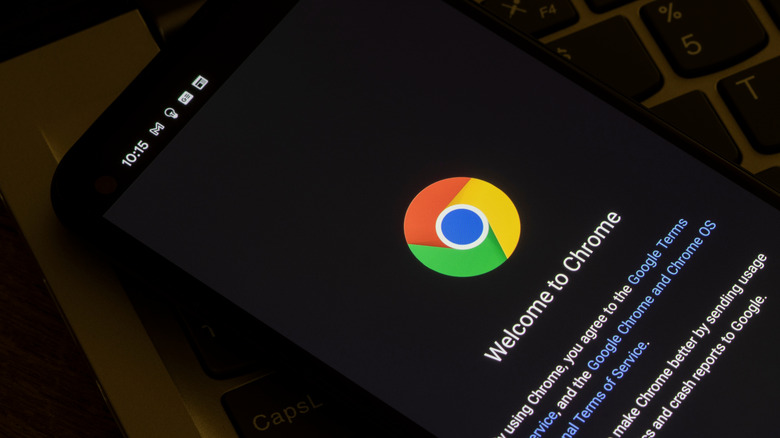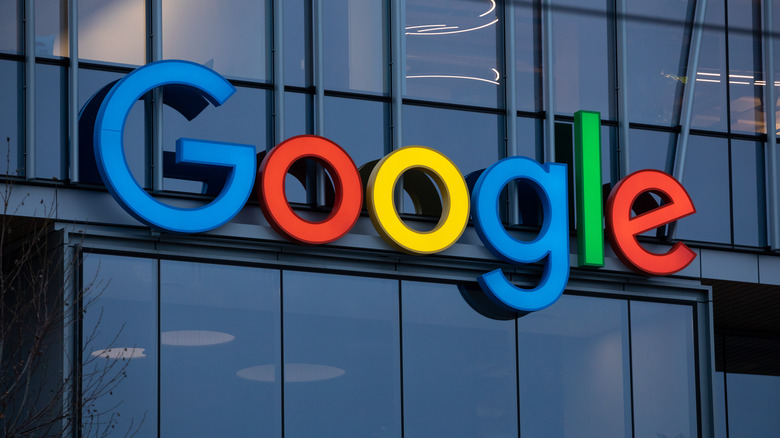Chrome Will Soon Do More Things Automatically So You Won't Have To
Google is a company that loves to flex its machine learning muscles, employing artificial intelligence to do millions of things at high speeds and ease the burden on humans. It is, after all, the secret sauce to its success in many of its profitable products, including Search, Gmail, and, of course, advertising. There are times when its AI-powered systems appear ineffective, though, like when it comes to keeping potentially harmful apps (PHAs) out of the Google Play Store. Most of the time, though, you might be surprised how much AI works behind the scenes to deliver conveniences you may have taken for granted, like how Google Chrome will be doing some things and make some decisions for you so that you won't even have to ask.
On the surface, Google Chrome hasn't changed that much; its user interface has been largely the same over many years, for example. Sure, Google has been playing around with content shown on the New Tab page, but major UI and experience changes have been few and far in between. A much-requested change to the location of the navigation bar from top to bottom, for example, remains an unreleased experiment.
That's mostly because Google has been pushing incremental updates to Chrome, which happens practically every month, and those changes are mostly under the hood. Improved performance, reduced resource usage, and security are where it's all at, and these improvements are also critical to users' quality of life. Google is now describing changes that users will be able to see, and these will be powered by machine learning so that users will be able to enjoy uninterrupted use of Chrome.
AI automation will make Chrome less intrusive
Web browsers are notorious for being gateways for all kinds of malicious and harmful activities, from phishing scams to even incessant notifications and prompts. While Chrome will still warn you about phishing attempts with a big red page alert, it will try to be less disruptive when a site wants to ask your permission for notifications or storage. Based on the user's habits and preferences, Chrome will predict whether they are likely to grant or deny such permissions and will automatically flip the switch so that it won't have to bother you just to ask.
Google is also tweaking the toolbar on the mobile version of Chrome, particularly the button that sits right beside the address field. Depending on whether you use voice search more often or share a lot of pages, the icon will show the appropriate action customized to your habits. In the feature, Chrome might even be able to change that icon in real-time, depending on the time of day or the page you're visiting. Google promises, however, that you can still manually customize that experience if you're not the type to rely on AI-based predictions.
More than just proving how flexible Chrome can be, these new features also demonstrate Google's ability to execute machine learning processes on devices directly. In the past, its cloud-based approach was criticized for being potential privacy issues, prompting Google to develop on-device machine learning models. As such, Google promises that none of these features will cause your data to leave the device, at least not for the sake of developing ML models.

